Can PS109 Affordable Artists’ Housing Slow the Gentrification of East Harlem?
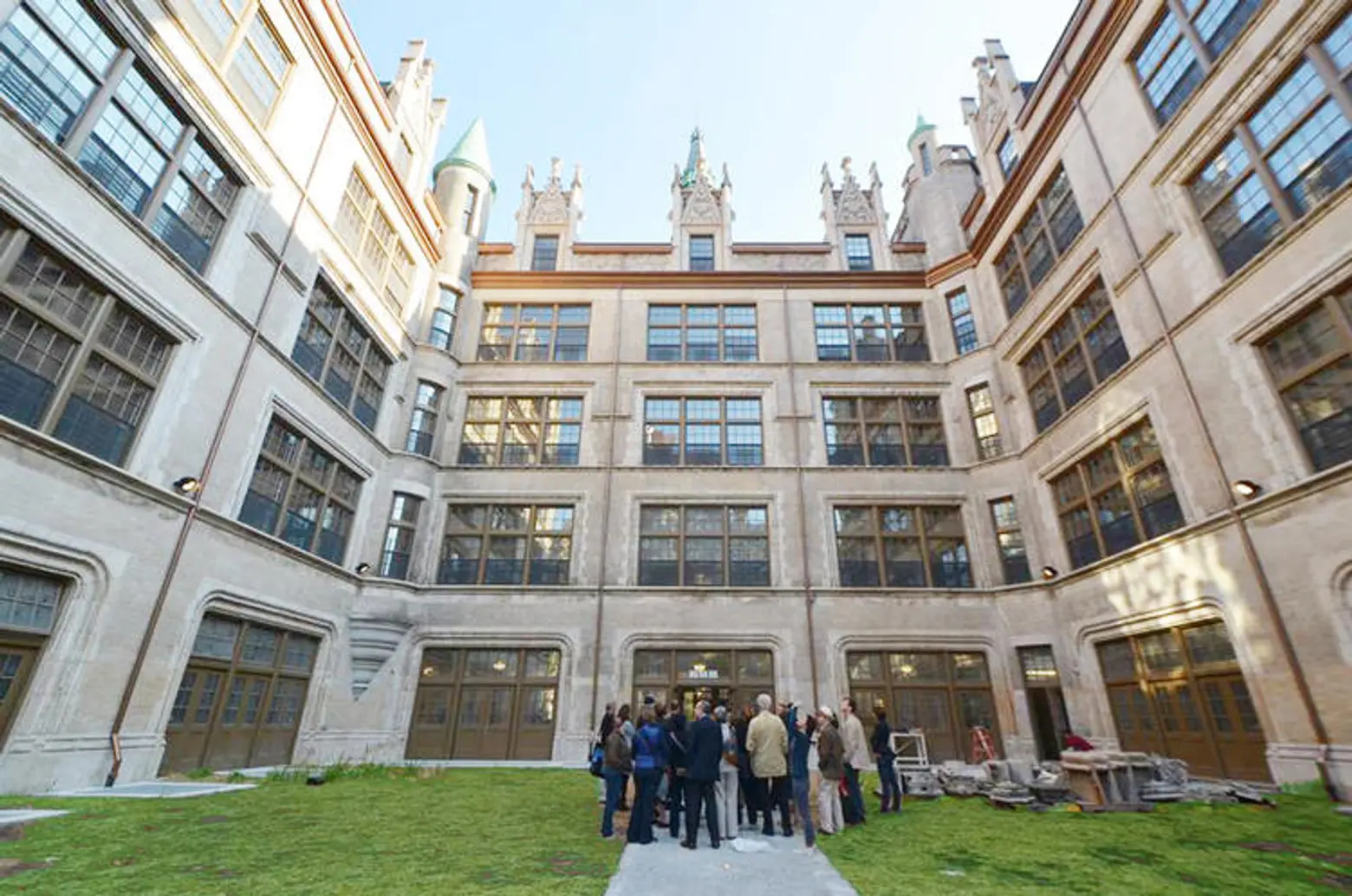
We all know the typical gentrification pattern–artists move in to a neighborhood and make it hip; they’re followed by trendy coffee shops and cool vintage stores; rents rise; the artists move on to the next frontier. But what if the influx of artists to a neighborhood slowed gentrification? It sounds like an impossible premise, but it just might be taking shape in East Harlem.
Fast Co. EXIST takes a look at El Barrio’s Artspace PS109, the project which has transformed an abandoned public school building in East Harlem into 89 units of affordable live/work housing for artists and their families and 10,000 square feet of complementary space for arts organizations. A whopping 53,000 creatives applied to live in the building, where studios will rent for as low as $494/month and two-bedroom units will go for $1,022/month. But isn’t Artspace’s goal to break the gentrification cycle—”to preserve the cultural fabric of a small corner of Manhattan that’s starting to change quickly” by preserving its affordable housing?
Minneapolis-based nonprofit Artspace began developing affordable artist housing 35 years ago. Today, they have properties in more than 30 cities, often working in cities or neighborhoods that are struggling economically and would benefit from a creative influx. El Barrio’s Artspace PS109 is the organization’s first project in NYC, but their end goal is the same—”to keep working artists living in their own rapidly gentrifying neighborhoods in very expensive cities such as New York.”
The PS109 school building had been saved from demolition by the community and designated a city landmark. When Artspace first proposed a project in the site in 2004, it had been sitting vacant for ten years. The gut renovation of the building cost $52 million, financed through a combination of federal, state and city tax credits, some loans and private donations.
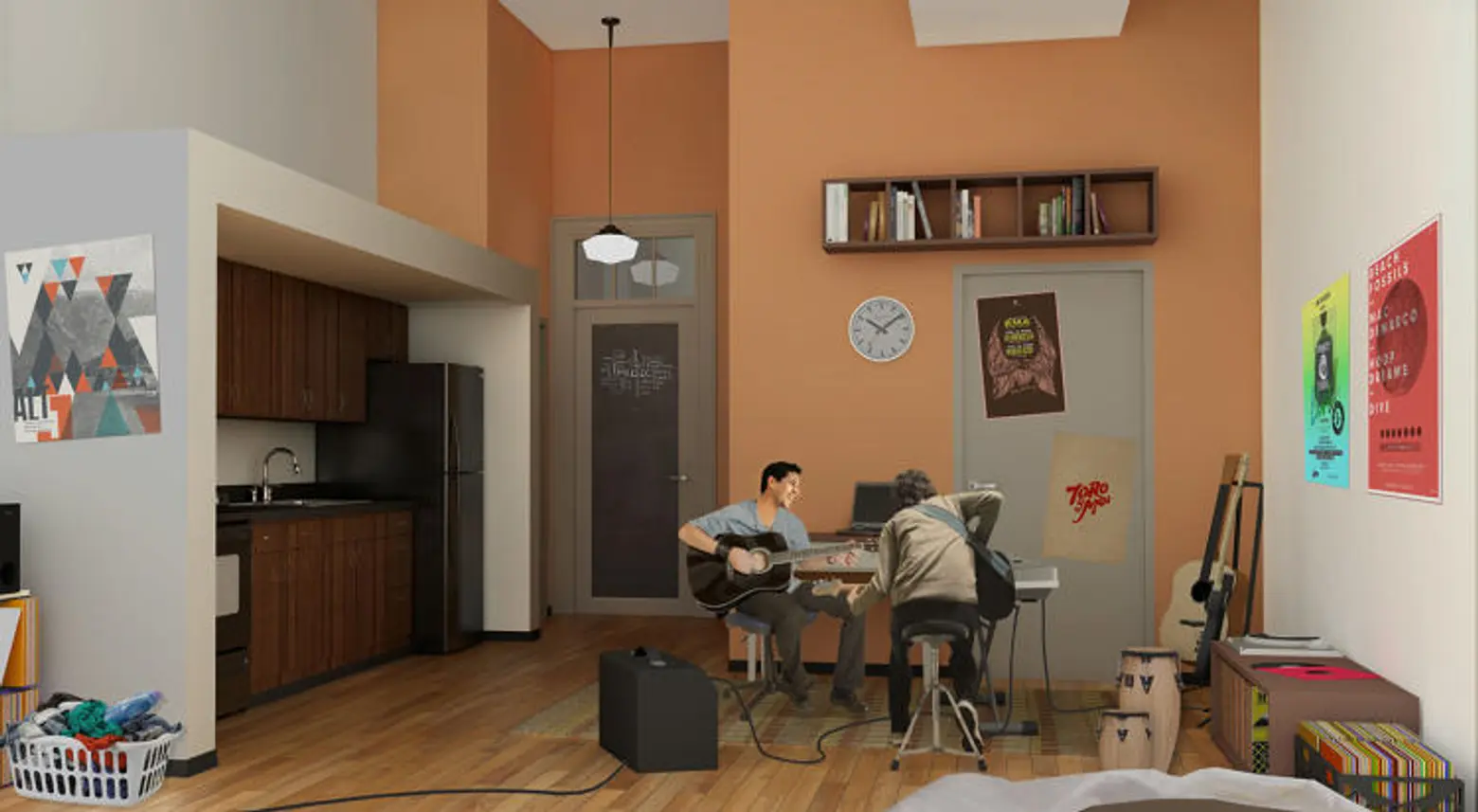
East Harlem–commonly known as Spanish Harlem or El Barrio–is a traditionally Puerto Rican neighborhood with a rich artistic heritage. Though the area is comparatively poorer than the adjacent Upper East Side, prices have been on the rise in East Harlem for the past ten years. To maintain the cultural roots of the neighborhood, at least 50 percent, if not more, of the building’s chosen residents will be those who already live nearby.
How does one obtain one of these coveted residences? First, meet the income qualifications–$19,000-$35,000 annually for one person and $38,000-$50,000 for a family of four. There’s then an interview where a committee determines if the artist has a “sustained commitment to her craft” and enthusiasm for participating in the community feel of the building and neighborhood.
The model very closely resembles that of the West Village’s Westbeth Artists Community; the former Bell Telephone Labs turned nonprofit housing in 1970 and still operates on those criteria today. Westbeth was among the country’s first examples of adaptive reuse of a building for artistic and residential use. And though it’s been a huge success, couldn’t one argue that it didn’t help curb the gentrification of the Village?
Nathan Newman, an affordable housing advocate with the group MORE NYC, asserts that one-off affordable housing projects like PS109 benefit only a small percentage of people who “win the lottery,” and the focus should be on big-picture ideas that would provide affordable housing at a much larger scale. Shawn McLearen, Artspace’s vice president of property development and project director for PS109, says: “The danger of a gentrifying New York is that every community starts to feel the same. The cultural ecosystems become not only less diverse, but the culture of New York as a whole becomes less vital. Today, you can go in any community, and it feels like it’s a community. That’s the sort of thing we need to invest in.”
[Via Fast Co. EXIST]
Images via Artspace
Get Insider Updates with Our Newsletter!
Leave a reply
Your email address will not be published.
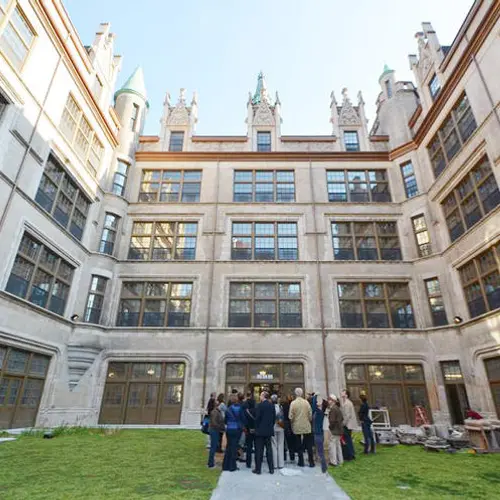
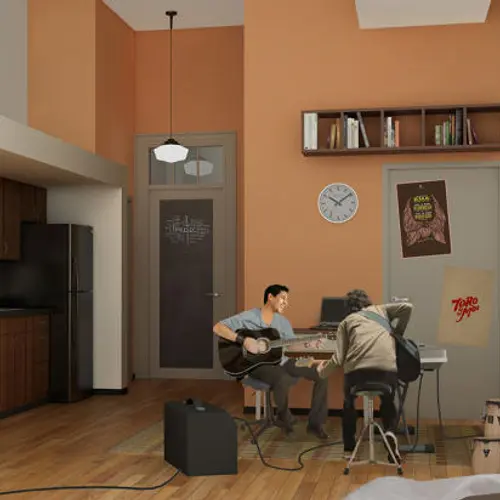

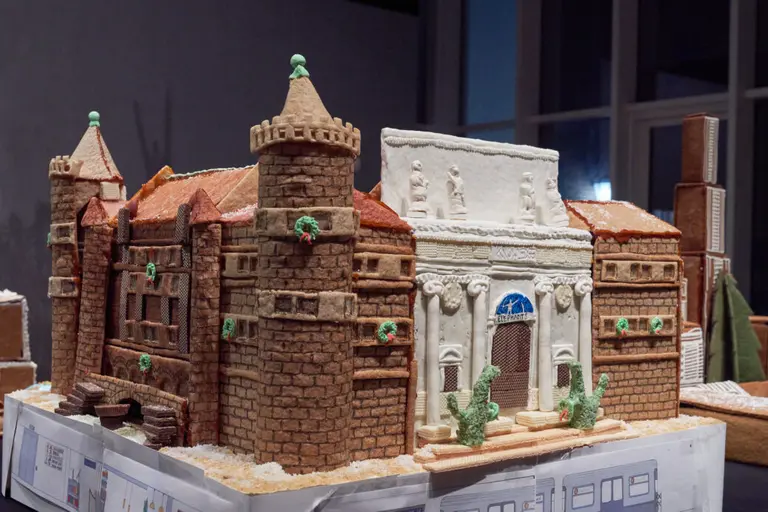
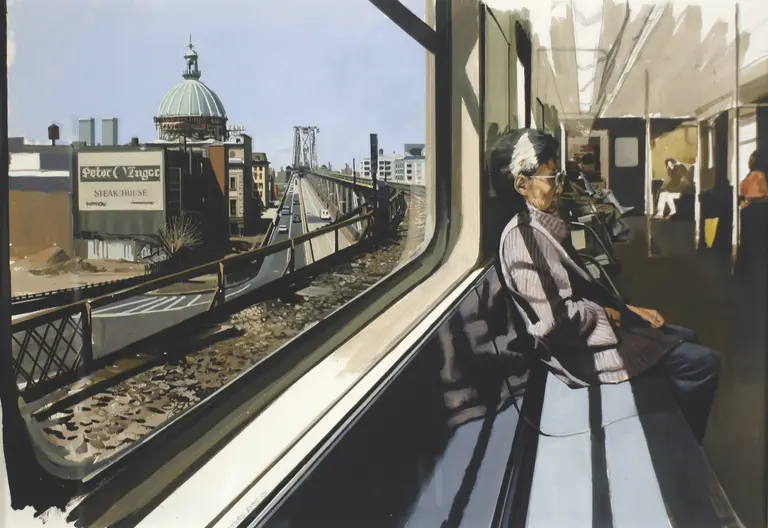
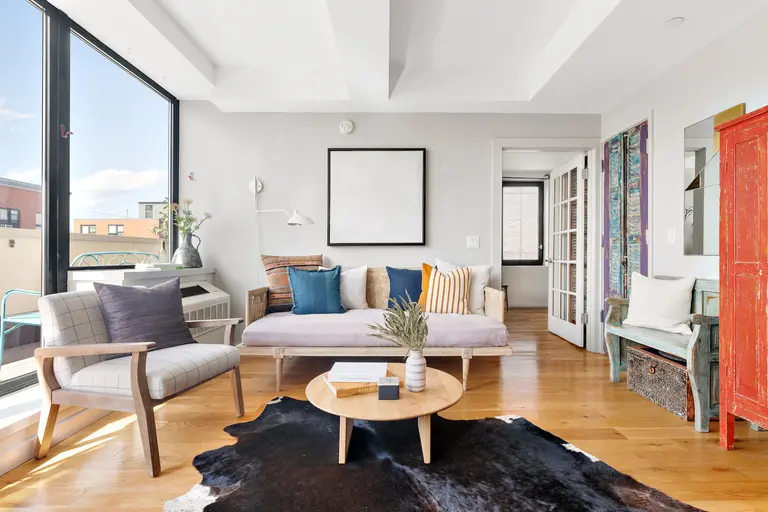
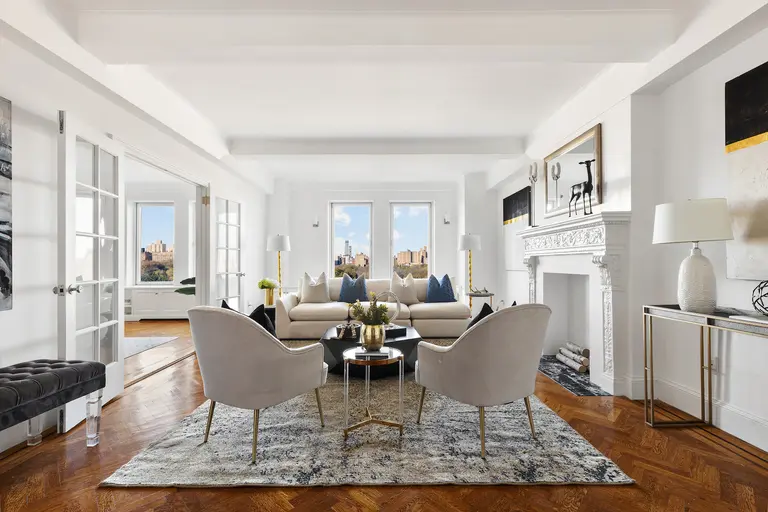
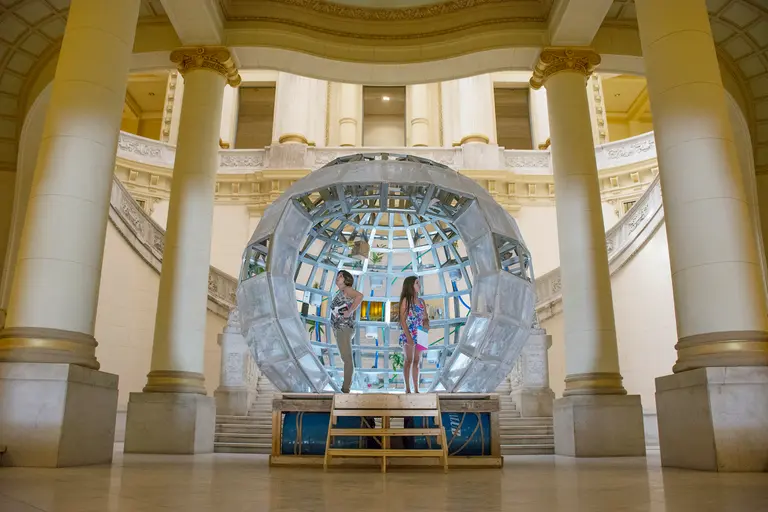





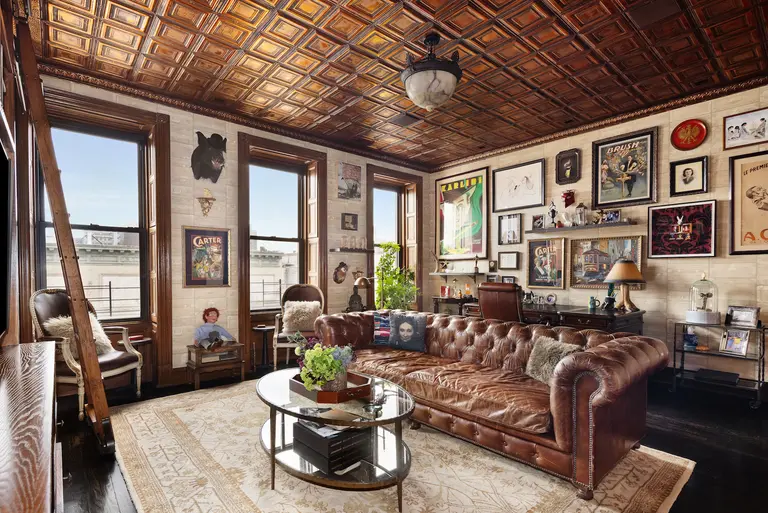
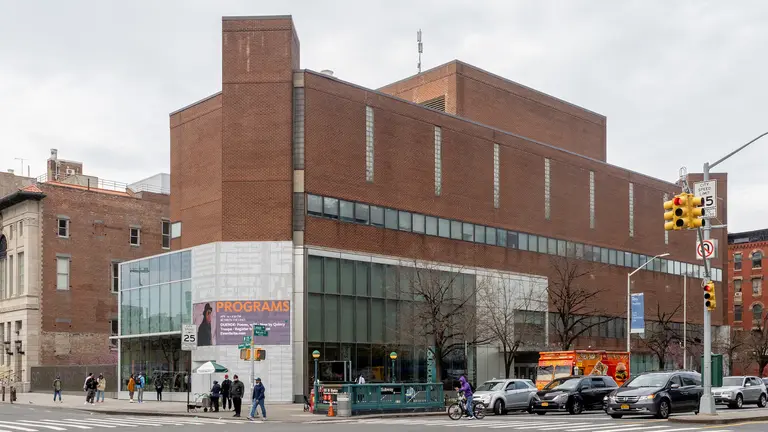
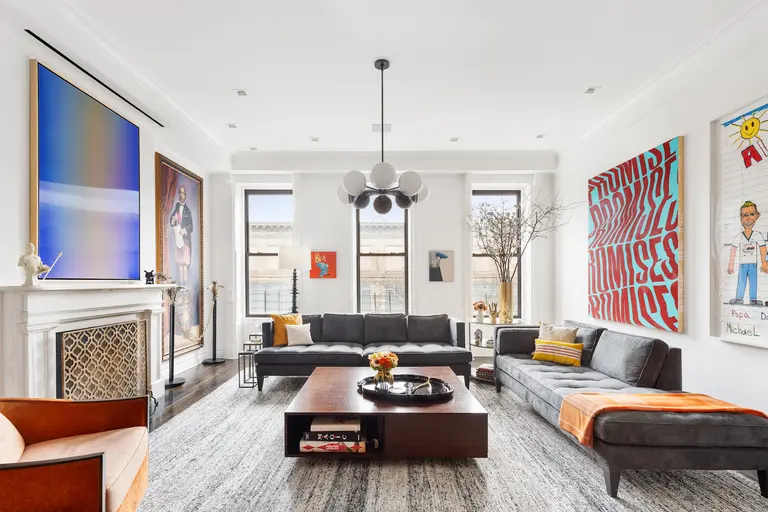
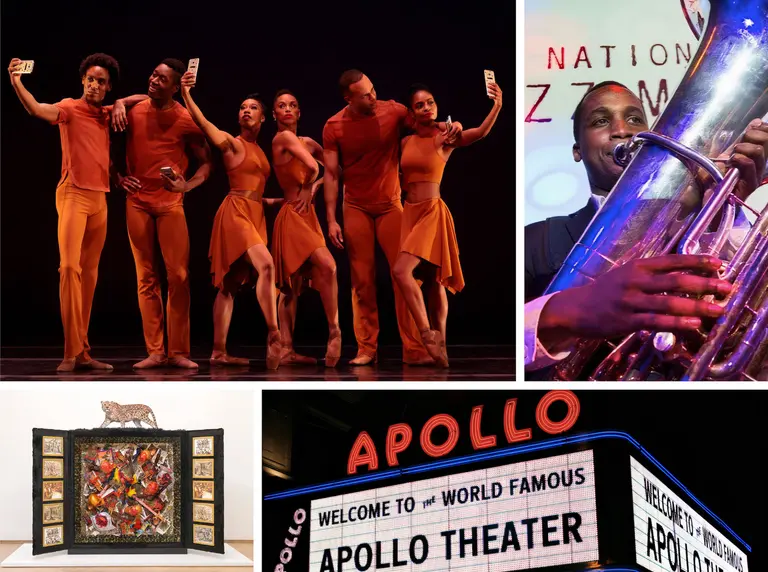
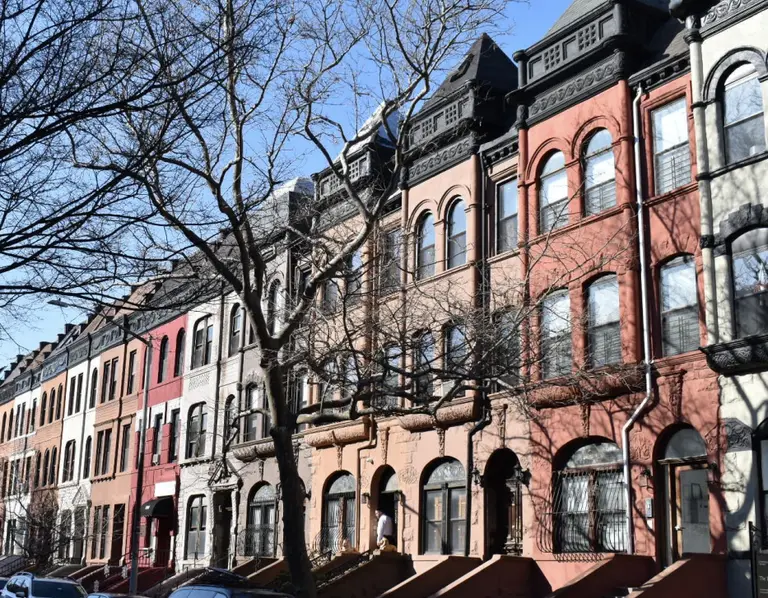
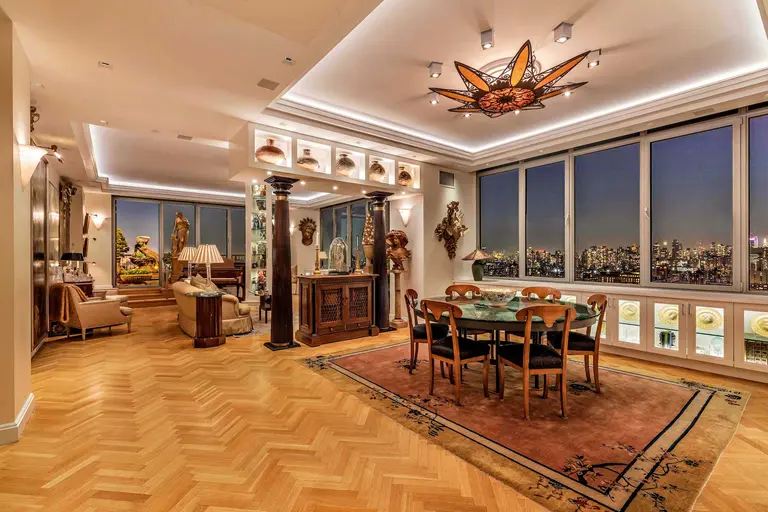










How can I sign up for artist housing?